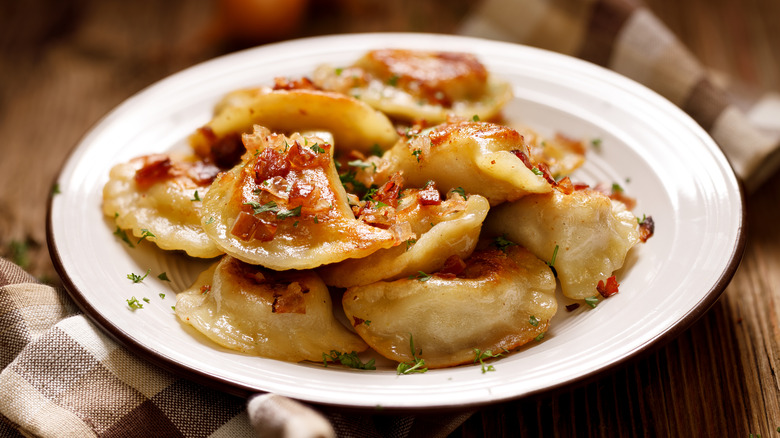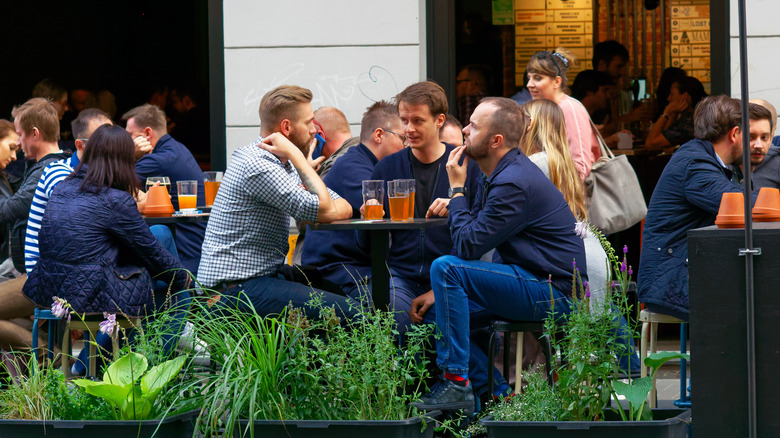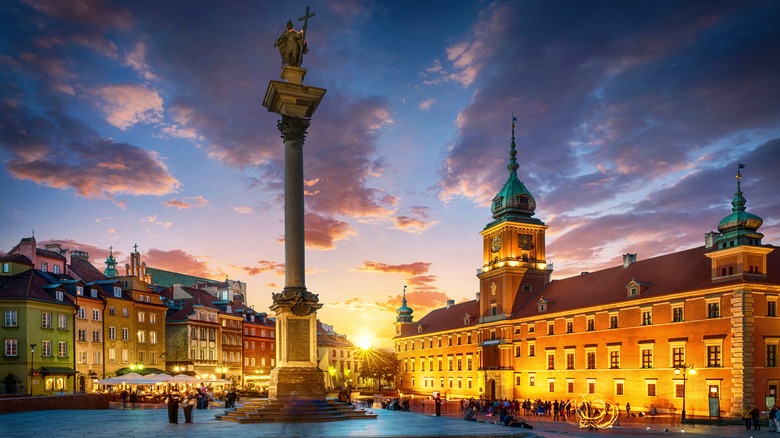When thinking of European cuisine, that of France and Italy may come to mind first. The proliferation of favorites such as croissants, éclairs, pizza, and pasta (not to mention multiple wine varietals) is impressive given the relatively small size of the aforementioned countries. However, as you look further east on the continent, you may feel less familiar with traditional foods in other countries.
Over his decades of cultivating guidebooks for the entire European continent, Rick Steves has uncovered amazing food with the help of local tour guides. While he has had some of the best of what influential cuisine hubs like Paris and Rome have to offer, he encourages people to keep their minds and palates open to lesser-known locations, such as Poland.
“More adventurous foodies should seek out food tours in unlikelier places,” Steves states on his website. “For example, Poland’s bigger cities — particularly Warsaw — offer fascinating and flavorful food tours with a focus on vodka, fermenting techniques (for dishes like borscht), and [hearty] stews that originated in the country’s peasant past.”
Learn about Polish culture through a food tour

Many travelers book city tours with local guides to learn about Poland’s history, art, or architecture. While these tours are wonderful ways to understand bustling cities like Warsaw, Rick Steves suggests adding a food tour to your itinerary. “These tours provide valuable perspective on how food affects culture, and vice versa,” he explains on his website. Staples of Warsaw’s contemporary Polish cuisine date back to the country’s medieval times, and beef or fish in soups and stews are still common today. Bagels, now famous worldwide, were invented by Polish Jews. As you meander through Warsaw, make sure you stop to try bagels, pierogies, borscht, and bigos, which is also known as hunter’s stew as it traditionally includes wild game meat.
Poland-based organization Delicious Poland takes guests to authentic, local eateries with the goal of avoiding tourist trap restaurants and eliminating the time-consuming nature of deciding where to eat. Their tours occur at 5 p.m. every day and last around three hours. Book your spot online and arrive ready to eat and drink like a local.
Find traditional Polish foods close to major attractions

Among the city’s notable restaurants is Zapiecek, which has several locations including one near the National Museum of Warsaw (Muzeum Narodowe w Warszawie). Head to this restaurant for pierogis and multiple types of soups and stews, including vegetarian versions of traditional Polish dishes. Another popular locale less than 1 mile from the inspiring Warsaw Rising Museum (Muzeum Powstania Warszawskiego) is Warsaw Brewery (Browary Warszawskie). It has over a dozen beers to choose from but is also a lively restaurant. The menu has traditional Polish fare along with dishes influenced by its head chef’s global food experiences.
To get the most out of your food tourism experience in Warsaw, a bagel in its country of origin is a must. Być Może is one of many places to get these famous baked goods. Enjoy one while you wander a short distance down the street to Palace on the Isle (Pałac na Wyspie), Pałac Belwederski, and other points of interest in one of the top-ranked city vacation spots In Europe. Warsaw has truly emerged from its troubled past with renewed vibrance while still retaining its culture, especially in its cuisine.

